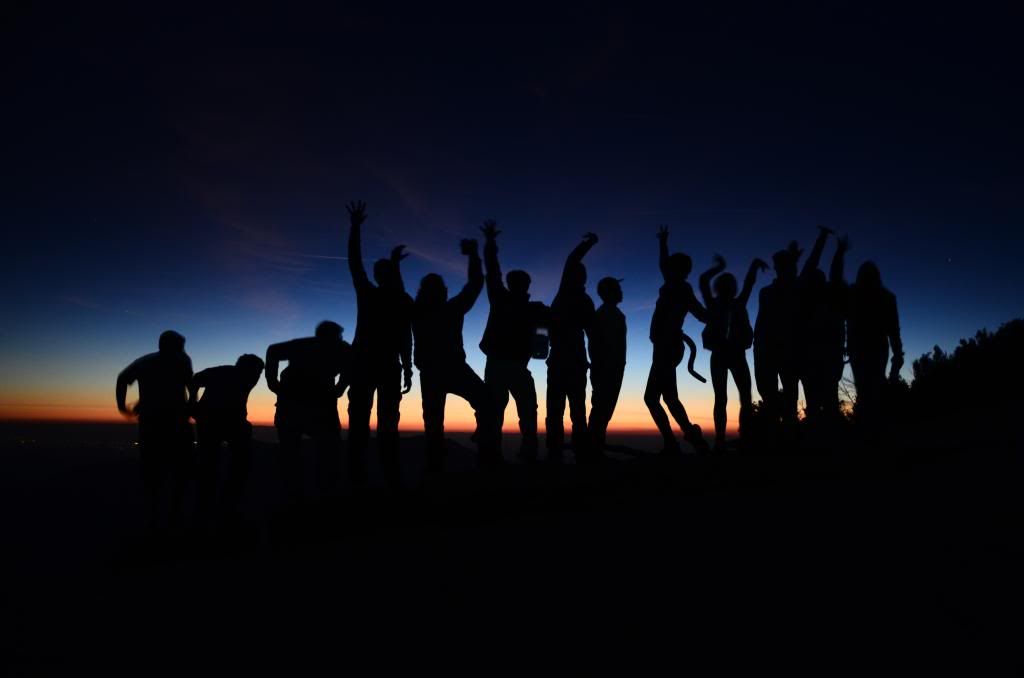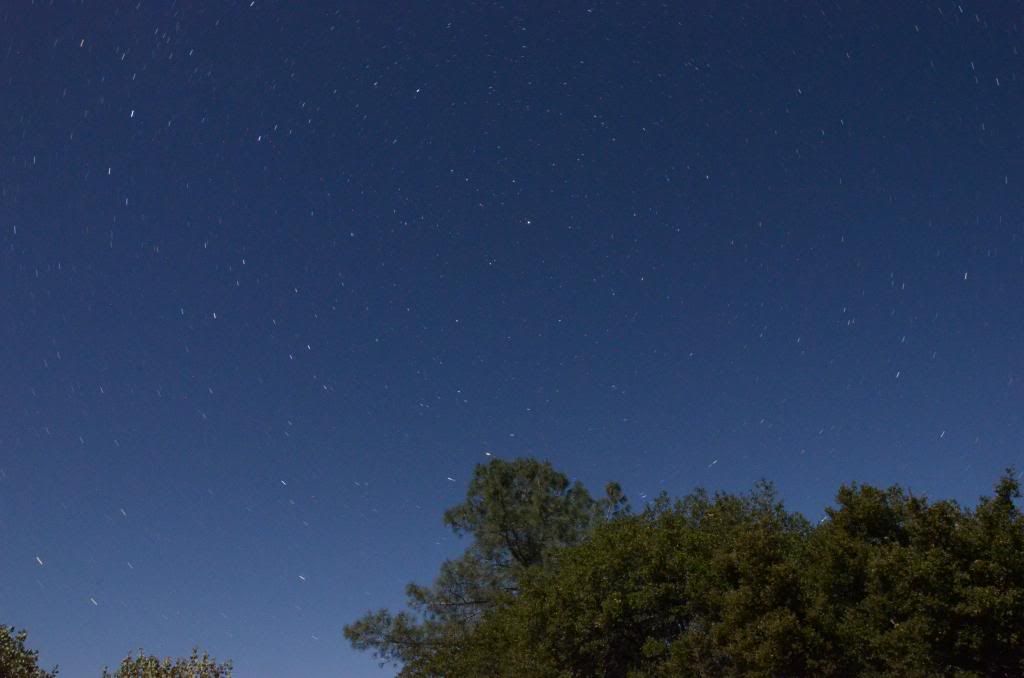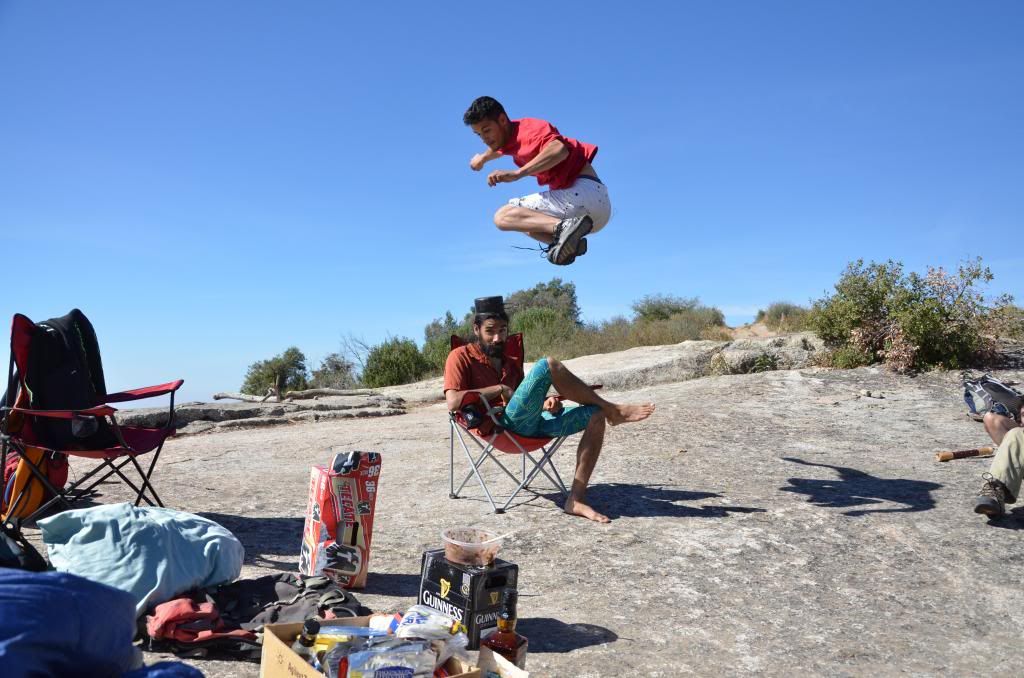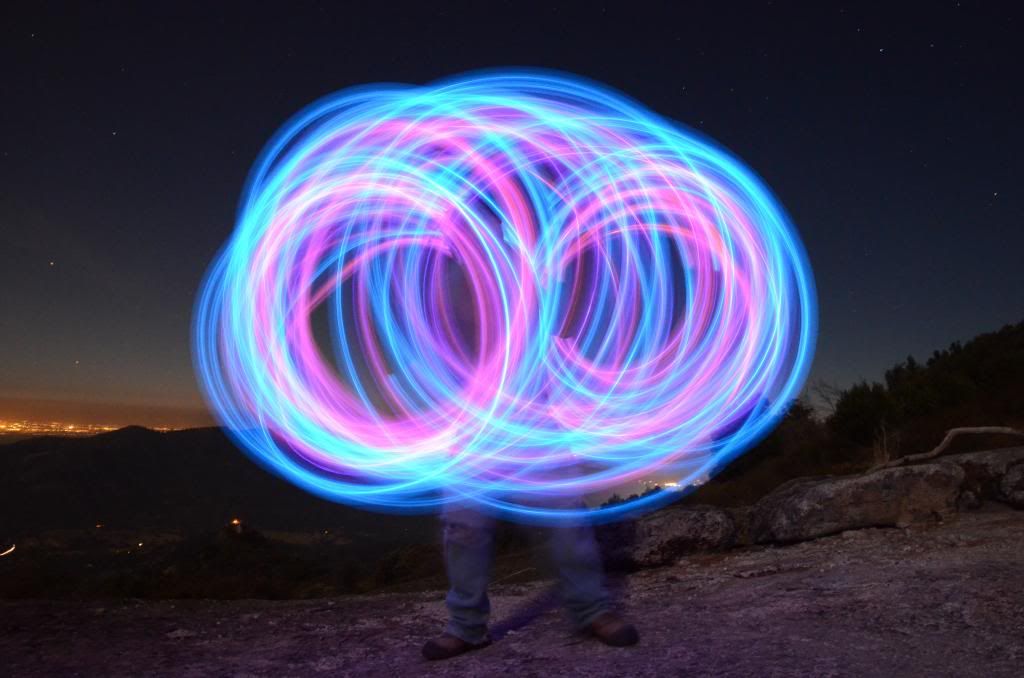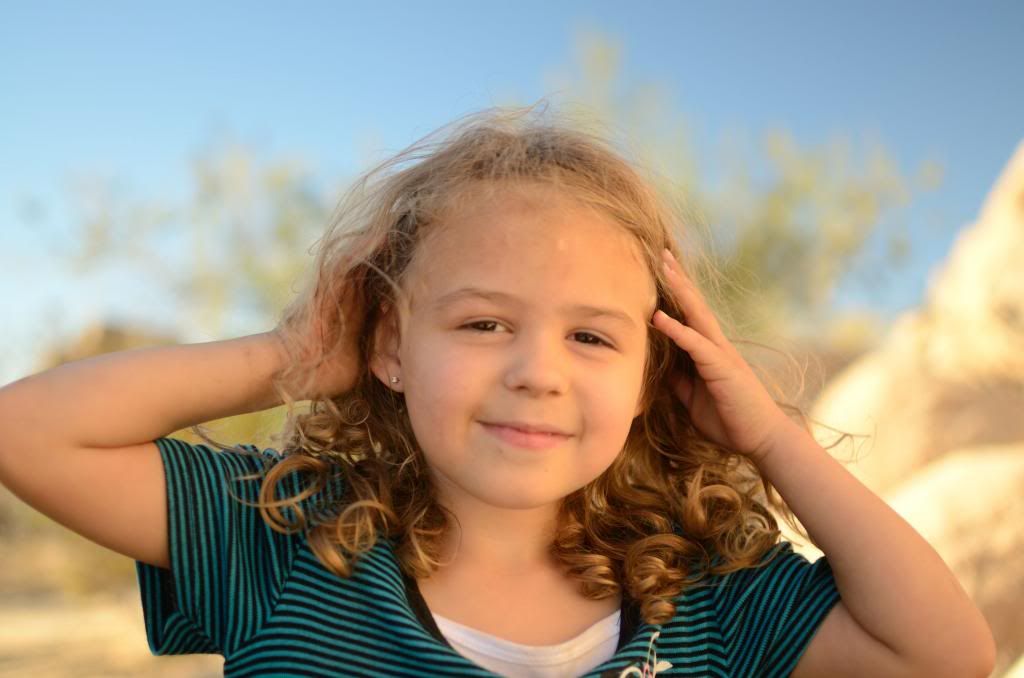barlowrs
Explorer
Well, I have finally decided to take the plunge and buy a camera and hopefully learn how to use it. With the help of a lot of ppl (many on this forum, sorry for the million questions), I pulled the trigger on a Nikon D7000 with the kit lens, VR18-105 F/3.5-5.6G (I figure I will get better lenses when I learn what range I shoot in most).
My only photography experience is my camera phone, so this is going to be a heck of a learning experience. There are so many talented photographers on this forum, I figure I will post up pics and you guy can tear them apart, and tell me what I should change to improve it. So, here goes nothing, I hope this is ok.
These are my two favorite from two seperate series I got tonight (before the battery died). Basically I just set her on a tripod and started messing with ISO, Shutter Speeds, and apertures. So with that, here are a few questions for the gurus:
First Image:
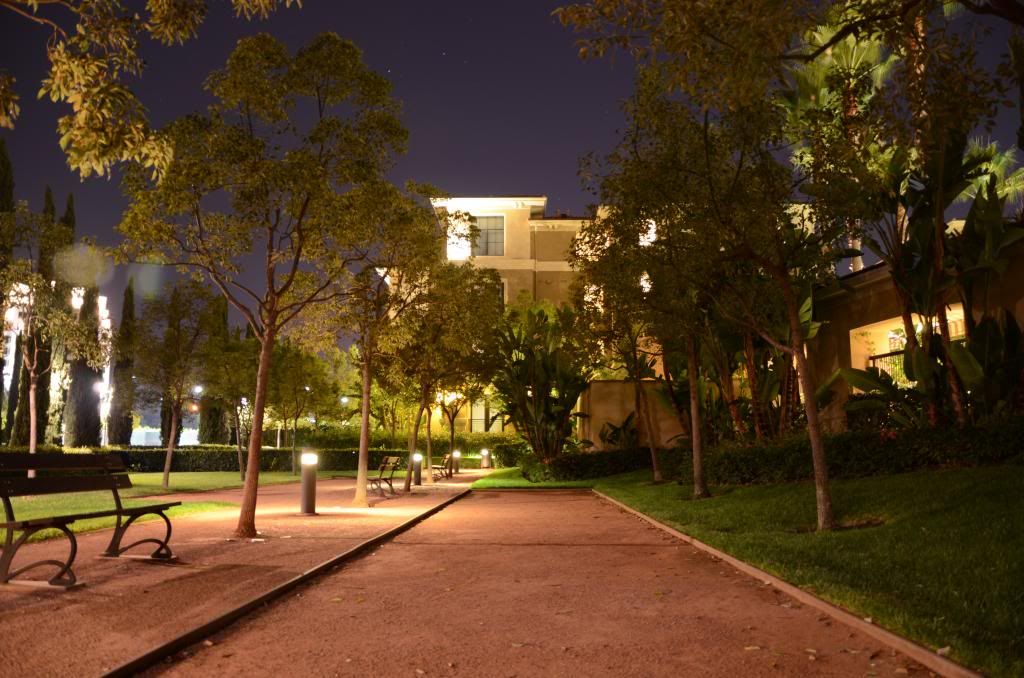
18mm, ISO 100, 30s, F/3.5
1. How could I still get the detail in the sky (stars) but not have all the little lights look like they are exploding?
2. How do I get rid of the glare on the left above the bench? No matter what ISO, Shutter speed, etc I chose, that was ALWAYS there (except when pics were too dark to see anything).
3. What other suggestions do you have?
Second Image:
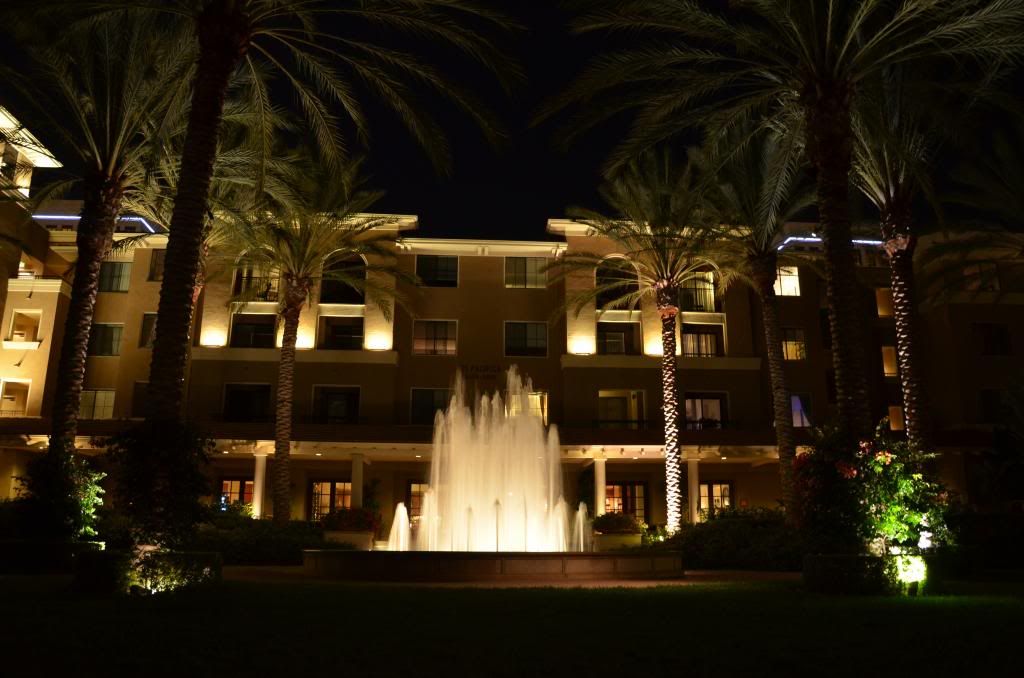
18mm, ISO 800, 1/3s, F/5
1. I Think I should have bumped the ISO up to get it a bit brighter, you agree?
2. I tried a few shots with higher ISO and faster shutter speeds in hopes of making the fountain crisper, but I could never seem to get it bright enough, even with ISO maxed. Any suggestions to getting a better image in this lighting condition that will make the water crisper?
Please dont go easy on me. I want to learn this stuff! THANKS!!!!!!!!!!!!!!!!!
My only photography experience is my camera phone, so this is going to be a heck of a learning experience. There are so many talented photographers on this forum, I figure I will post up pics and you guy can tear them apart, and tell me what I should change to improve it. So, here goes nothing, I hope this is ok.
These are my two favorite from two seperate series I got tonight (before the battery died). Basically I just set her on a tripod and started messing with ISO, Shutter Speeds, and apertures. So with that, here are a few questions for the gurus:
First Image:

18mm, ISO 100, 30s, F/3.5
1. How could I still get the detail in the sky (stars) but not have all the little lights look like they are exploding?
2. How do I get rid of the glare on the left above the bench? No matter what ISO, Shutter speed, etc I chose, that was ALWAYS there (except when pics were too dark to see anything).
3. What other suggestions do you have?
Second Image:

18mm, ISO 800, 1/3s, F/5
1. I Think I should have bumped the ISO up to get it a bit brighter, you agree?
2. I tried a few shots with higher ISO and faster shutter speeds in hopes of making the fountain crisper, but I could never seem to get it bright enough, even with ISO maxed. Any suggestions to getting a better image in this lighting condition that will make the water crisper?
Please dont go easy on me. I want to learn this stuff! THANKS!!!!!!!!!!!!!!!!!
Last edited:

